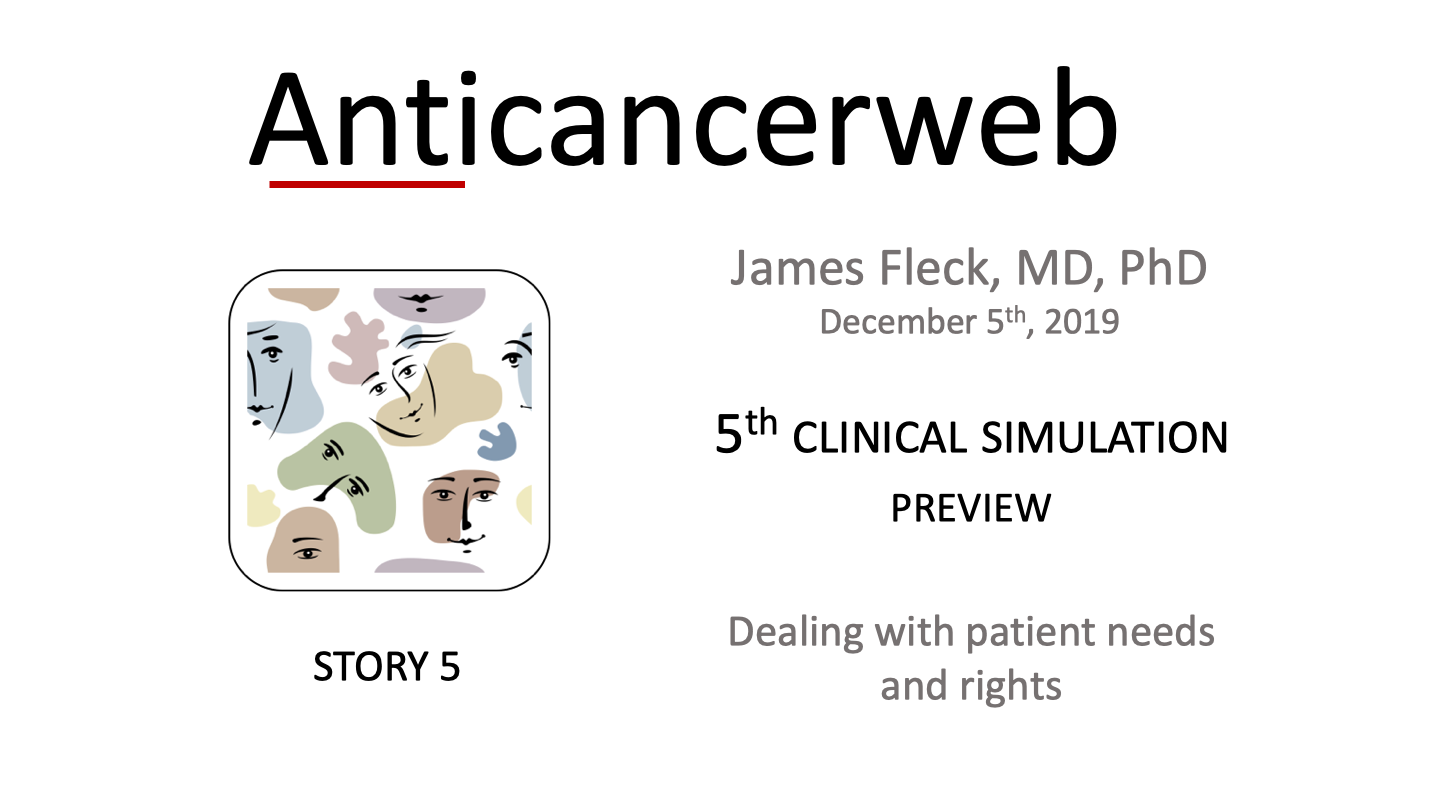
Working in the Cloud
Let's demote the PC and Mac to be just another device, similar to the iPhone, iPad or iPod Touch. Let's move the center of your digital life to the cloud. All of these new devices are interactive and can connect to the cloud whenever they want.
Steve Jobs, WWDC 2011
Milton's clinical report
(Fictional narrative)*
Milton, a 47-year-old man, was diagnosed with gastric cancer in a small village in northern Brazil. He and his family had recently moved to a larger city in southern Brazil. Before moving, he asked for a copy of his previous exams and the community hospital realized they were lost. Milton was disappointed and had to undergo all exams again. Milton was a computer engineer and used the free time during his treatment to develop a personal health record (PHR). He was so excited about the idea that he involved the doctor in the design of the software. The system was centered on patients’ needs and rights. The record belonged to the patient, like an identity document (ID). Patient was required to fulfill the registry. Everything else was provided by the physicians, who were responsible for quality of data. Physicians were oriented to create a problem list, according the worldwide known problem-oriented medical record described by Lawrence Weed. Patients were stimulated to actively interact with their physicians to better qualify the problem list. A data base composed by clinical history, physical exam and some preliminary laboratory data supported each listed problem. Based on each numbered problem, physicians would define an intervention plan and would keep it in follow up until it is solved. Additionally, reports, images and videos of each problem-related diagnostic exam would be uploaded by physicians. PHR would also provide patients with an automatic generated timeline of events and a summary including all uploaded information. Patient access to his PHR was based on an exclusive username and password. Only patient had the right to share his or her information. At patient discretion, sharing PHR data was restricted to professionals or institutions directly involved in patient's healthcare and financial support.
Abstract
Overview of the emotional flow and turning points observed in the care of a very intelligent computer engineer, who took advantage of the lag time of his treatment to develop a personal health record (PHR). Without taking away the patient's proactive attitude, the doctor had to find a creative way to communicate with the patient. Here you will find the plot segmentation, describing how the doctor dealt with the challenges presented by Milton's clinical case: The exposition (PLOT 1) took place at doctor’s office. Milton reported his medical history and was very disappointed with the lost of the exams. He had an open discussion with the physician and used his expertise in open computing IT to develop a PHR software. The raising action (PLOT 2) consisted in repeating his clinical work-up and defining his treatment plan. He was subjected to a primary gastric surgery followed by adjuvant chemoradiotherapy. The conflict (PLOT 3) was marked by an identity crisis. Milton was temporarily dismissed from his duties at the company due to risks associated with adjuvant treatment. The climax (PLOT 4) revealed a recovery of Milton’s self esteem, sustained by his voluntary work on the development of PHR software. The falling action (PLOT 5) showed how Milton overcame adjuvant chemoradiotherapy, regaining his previous lifestyle. The resolution (PLOT 6) will be presented by the storyteller in a comprehensive biopsychosocial approach.
Emotional Flow
The graph presented below is a simplified depiction of Milton's emotional flow. At each PLOT element the patient-physician relationship leads to emotions that occur along distinct time intervals (△t). The interventions are responsible for the emotional flow, which is unique to each clinical case. The continuous sinuous blue line represents the oscillating patient’s emotional status, with the larger inflection representing the “turning point”.
Author's perception of the patient's emotional flow and turning points
*James Fleck, MD, PhD is a full professor of medicine at UFRGS, Brazil
© Copyright Anticancerweb 2019

Please login to write your comment.
If you do not have an account at Anticancerweb Portal, register now.